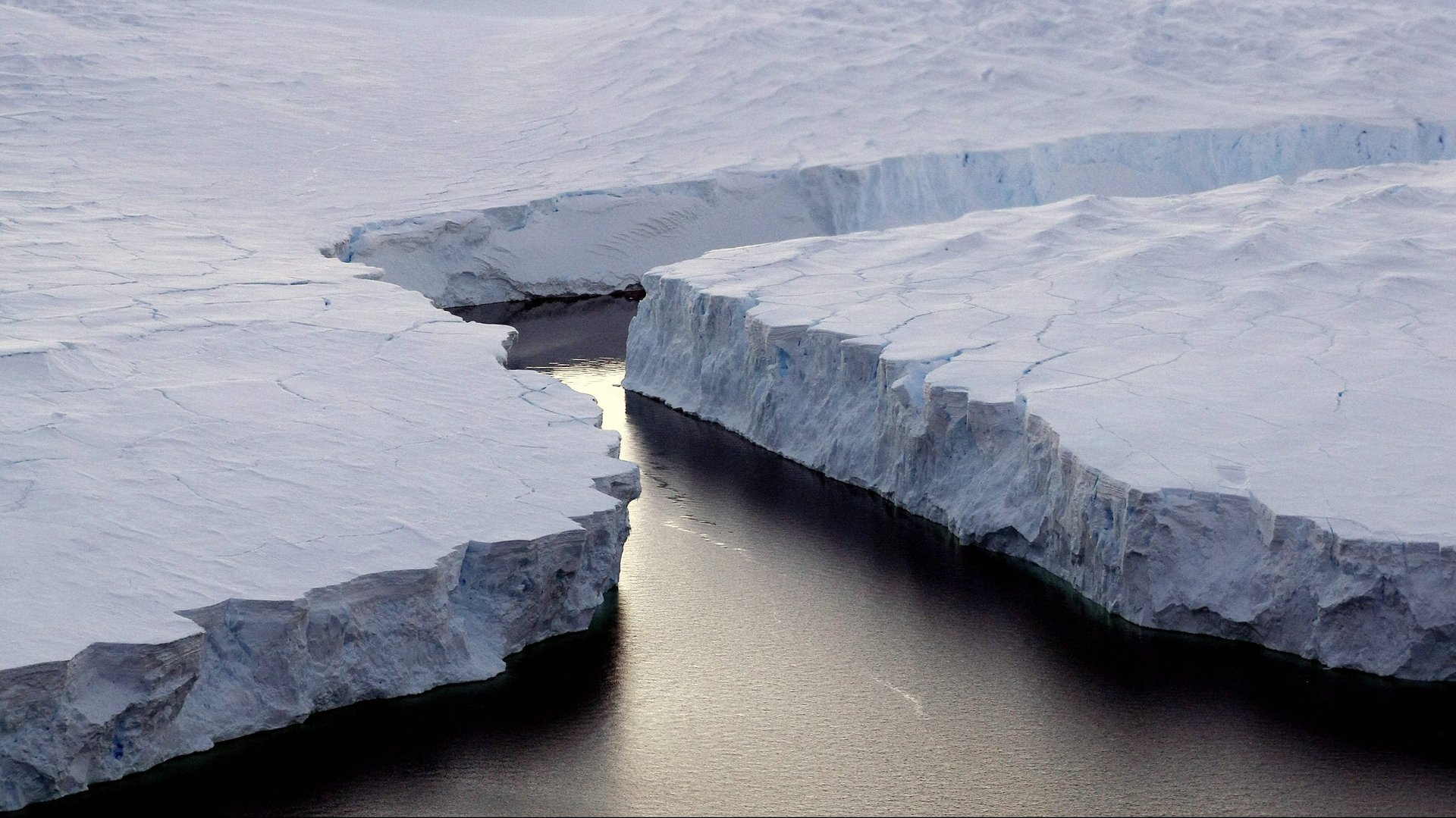Water shortages could make iceberg delivery routine
Last year, drought-stricken Cape Town almost became the first major city to run out of water. That brought attention to the fact that many other places face a comparable threat, among them Nairobi, Bangalore, and Mexico City. It also led to the serious consideration of a seemingly crazy idea: towing an iceberg from Antarctica to Cape Town to help solve the city’s water crisis.


Last year, drought-stricken Cape Town almost became the first major city to run out of water. That brought attention to the fact that many other places face a comparable threat, among them Nairobi, Bangalore, and Mexico City. It also led to the serious consideration of a seemingly crazy idea: towing an iceberg from Antarctica to Cape Town to help solve the city’s water crisis.
That idea, which Quartz reported on last July, hasn’t gone away. If anything, the Southern Ice Project, as it’s called, has been fleshed out. More of the logistics behind it were revealed by Bloomberg Businessweek (paywall) this week.
As the publication notes, towing an Antarctic iceberg, which might extend 70-plus stories below the water’s surface, requires a massive net. The Southern Ice Project calls for one that stretches 2 miles (3.2 km) and has ropes made of Dyneema—a supermaterial with neutral buoyancy and unusual strength—measuring 5 inches in diameter. The net costs about $25 million.
Luckily, icebergs from Antarctica tend to be tabular, which makes them easier to tow than the irregularly shaped ones typically produced by the Arctic. Still, there’s nothing easy about dragging a berg weighing 100 million tons or so through the Antarctic Ocean’s high waves.
With that in the mind, the two supertankers pulling it will do so from a mile out, staying 1,000 ft (305 m) apart and crawling ahead at just 1 mile per hour. They in turn will be led by tugboats, which can better steer at low speed.
Getting a berg from Antarctica to Cape Town will also involve catching a ride on different ocean currents. Hitting one wrong could send the journey off course.
Assuming the berg doesn’t break apart en route and the flotilla makes it to Cape Town, another piece of expensive kit will be required, notes Bloomberg: a $22 million geotextile skirt for the underwater portion of the berg, to inhibit melting.
With the complexity, uncertainty, and high prices involved, it’s little wonder the project has critics within the Cape Town government. But the drought-prone city, and others like it, must consider ideas that once seemed crazy. Within a few decades, towing bergs to thirsty cities could be routine.